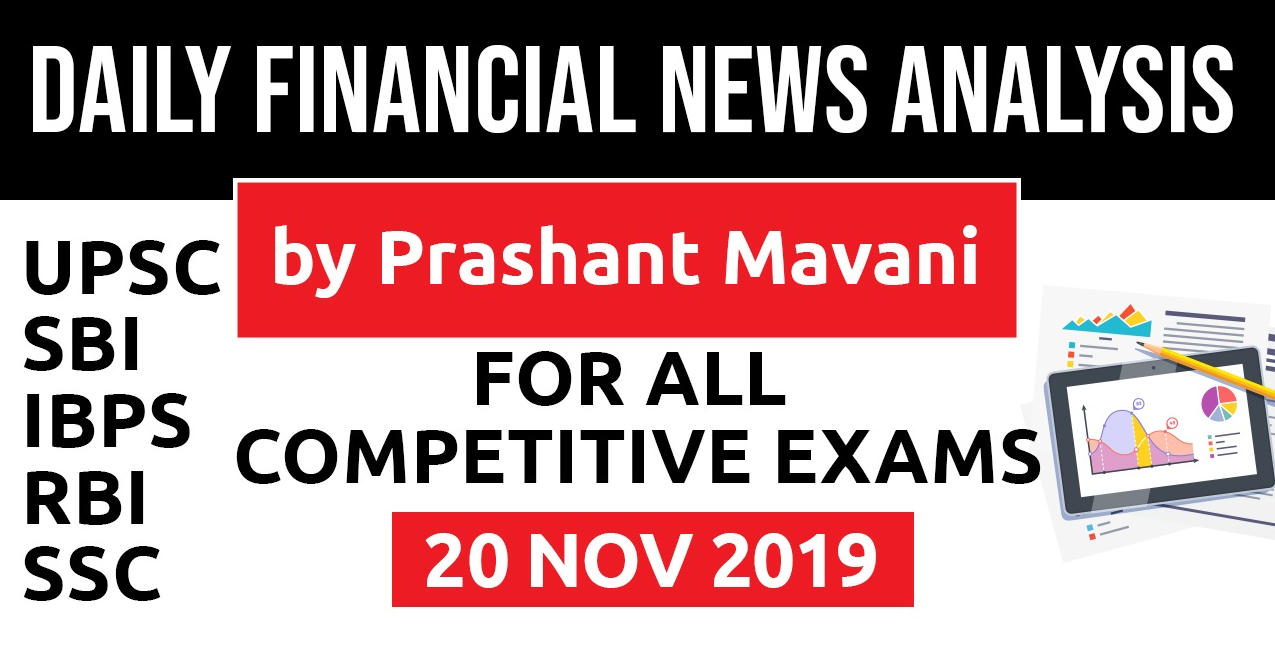Table of Contents
HV vs EV
- Are hydrogen vehicles the best solution to clean the air of Delhi-NCR?
- Worldwide race between HV and EV.
- Both are trying to capture the market of the zero-emission vehicles.
- China and the US are for EVs.
- Japan and Korea are betting big on hydrogen.
- Currently, EVs have taken the lead, with millions of electric cars and two-wheelers already on the roads.
- This year alone, companies across the world are going to unveil at least one hundred models of electric cars and two-wheelers.
- Japanese companies are investing heavily in hydrogen technology, and lobbying across the world (including with Niti Aayog) to push for hydrogen mobility.
- Fundamentally, a hydrogen vehicle (HV) is also an EV
- It runs on a motor powered by electricity.
- What makes it different from an EV is the source of electricity.
- While EVs have a big battery bank to store electricity, HVs have a small battery continuously charged from an onboard fuel cell.
- This fuel cell produces power from the hydrogen gas stored in the vehicle tank.
- Both EVs and HVs have zero-emissions from the tail-pipe, and hence, both will significantly improve local air quality.
- HVs have the significant advantage of faster refuelling.
- Like a petrol vehicle, it takes a few minutes to refill the hydrogen tank.
- EVs, on the other hand, require hours to charge their batteries.
- Even the most expensive Tesla car needs at least an hour to charge.
- But, HVs have a significant disadvantage of cost and efficiency.
- Both electricity and hydrogen are produced from fossil fuels.
- EVs outperform HVs on vehicle performance.
- EVs lose about 10-15% of their energy in battery and motors while HVs lose 45-50% because of high losses in the conversion of hydrogen to electricity.
- As the percentage of electricity produced from coal plants reduces and more and more power is produced from renewable sources, the WTW efficiency of EVs will keep outpacing the HVs.
- Both hydrogen and electricity will have to be produced from renewables and other zero-carbon energy technologies.
- HVs would first use electricity to make hydrogen, and then, hydrogen in a fuel cell to produce electricity.
- EVs, on the other hand, can use the energy from the grid straight away.
- EVs will be at least two to three times more efficient than HVs.
- But, perhaps the biggest problem is the creation of separate infrastructure for hydrogen.
- An EV can be charged at home, or at a commercial charging station, with minor changes in the existing electricity infrastructure.
- For HVs, we will have to create a brand new, expensive infrastructure to produce, transport, compress, store, and then dispense hydrogen from a hydrogen pumping station.
GST default
- Centre has started ‘defaulting’ in payment of the constitutionally guaranteed compensation amounts to several state governments for their GST revenue shortfall.
- This reflects a big and yawning revenue deficit and the growing inadequacy of the stagnant proceeds from the relevant cesses to bridge it.
- Finance ministers or people in charge of tax revenue from at least half a dozen states namely West Bengal, Kerala, Punjab and Puducherry have confirmed that their latest claims for compensation haven’t been addressed in time.
- West Bengal finance minister Amit Mitra said that his state hasn’t yet received the compensation claimed of Rs 1,434 crore for August-September.
- Kerala finance minister Thomas Isaac had tweeted: It is unfortunate that the Union Government is insensitive to needs of state finance. Remember GST compensation is a statutory right of the states.
- The Centre is under no legal obligation to make up for the shortfall by dipping into the Consolidated Fund of India if the proceeds from the cesses meant for bridging the states’ GST revenue deficit turn out to be insufficient.
IT Companies Redundancies
- India’s information technology services companies may shed 30,000 to 40,000 middle-level employees this year.
- These job losses are once-in-five-years normal phenomenon with maturing of the industry.
- Those people who are not adding value to the salary they get will be shown exit door.
Bihar’s export potential
- Study by the Export-Import Bank of India
- Untapped export potential of nearly USD 900 million.
- Shipment from the state could exceed USD 2 billion in the short term.
- 2017-18 merchandise exports: USD 1.35 billion
- 2012-13: USD 0.4 billion
- The study also proposed for better branding and marketing of Geographical Indications products in the state.
- Setting up of Inland Container Depots (ICDs) in Muzaffarpur and Bhagalpur.
- Custom clearance office in the existing ICD in Patna
- Increasing warehousing and cold chain infrastructure.
- Special Economic Zones (SEZs) in the districts of Patna, Muzaffarpur or Bhagalpur
Prime Residential Market
- Global property consultant Knight Frank: Prime Global Cities Index
- Delhi: 9th fastest growing prime residential market in the world.
- Mumbai has been ranked at 28th position, up two ranks.
- Bengaluru slipped five slots to 20th position.
- It tracks the movement in prime residential prices in local currency across 45 cities worldwide.
- Moscow leads the index this quarter with prime home prices rising by 11.1% over the 12 months to September 2019, followed by Frankfurt (10.3%) and Taipei (8.9%).
- Seoul was the weakest-performing global city in the year to September, with luxury home prices falling by 12.9%.
Q1 RuPay facility is available in which of the below given nation
- USA
- UK
- France
- Saudi Arabia
Q2 Name the capital of Bahrain
- Manila
- Jedda
- Manama
- Panama
Download Free PDF






















 WhatsApp
WhatsApp